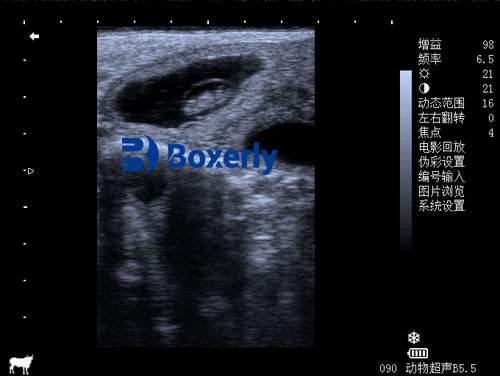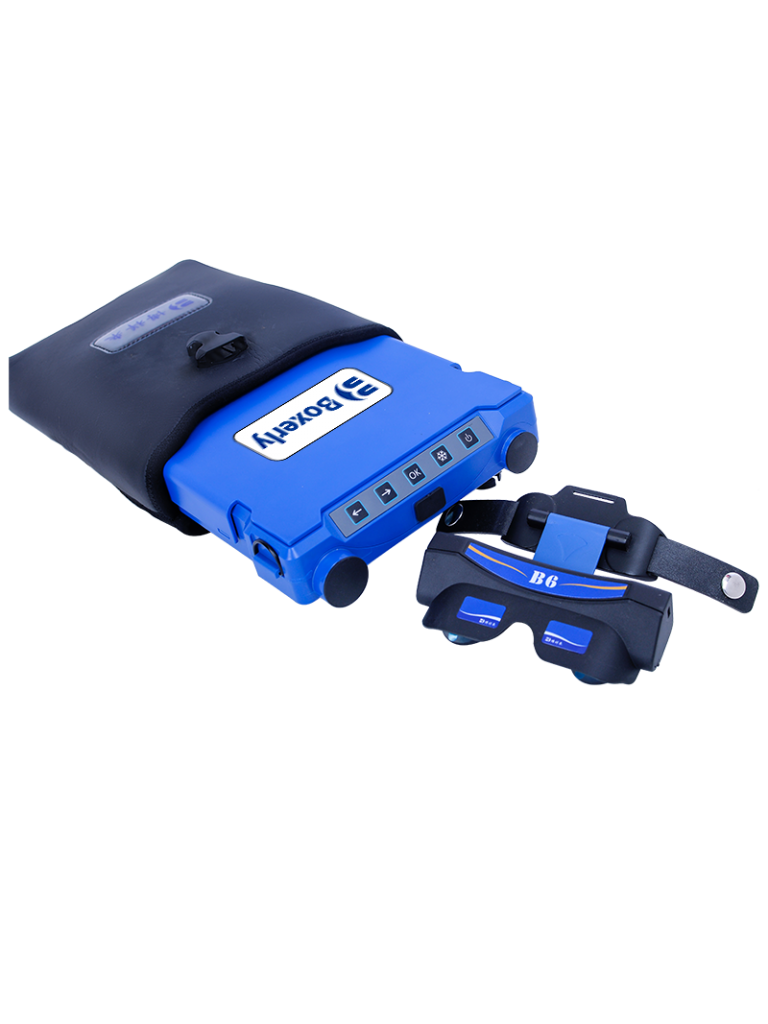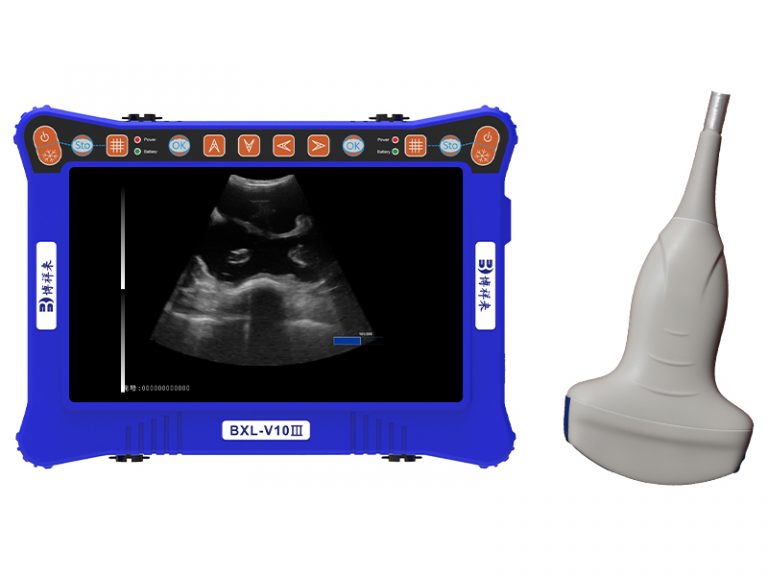Enhancing Veterinary Care with Advanced Ultrasound Technology
Ultrasound technology has come a long way in improving veterinary diagnostics, and it plays a vital role in advancing animal care. From domestic pets to large livestock, veterinarians are now using ultrasound to gain insights into the health of animals in ways that were previously impossible. This technological advancement has revolutionized the way we diagnose and treat various conditions in animals, helping to ensure they live longer, healthier lives.

One of the key areas where ultrasound has made a significant impact is in the early detection of diseases. Traditionally, diagnosing internal health issues in animals could be challenging, as it often required invasive procedures, which not only posed risks but were also costly and time-consuming. However, with the advent of advanced veterinary ultrasound systems, veterinarians can now perform non-invasive diagnostic procedures to detect a range of conditions including tumors, infections, heart disease, and more.
Ultrasound uses high-frequency sound waves to create real-time images of an animal’s internal organs. These images help veterinarians assess the condition of organs such as the liver, kidneys, heart, and uterus, allowing them to detect abnormalities before they develop into more serious health concerns. Early detection is crucial in preventing the progression of diseases and improving the overall prognosis for animals.
The Benefits of Advanced Veterinary Ultrasound Technology
-
Non-invasive and Pain-free: Ultrasound provides a non-invasive method for examining animals. Unlike other imaging techniques like X-rays, which involve radiation, ultrasound is completely safe for animals. It does not cause pain or discomfort, making it ideal for use in both small and large animals.
-
Real-time Imaging: One of the key advantages of ultrasound is its ability to provide real-time images of an animal’s internal organs. This allows veterinarians to monitor the progress of diseases and conditions in real-time, which is particularly helpful in emergency situations where quick decisions need to be made.
-
Better Diagnostic Accuracy: With advanced ultrasound technology, veterinarians can achieve high levels of diagnostic accuracy. The detailed images produced allow for precise identification of internal issues, leading to more accurate diagnoses and treatment plans. This results in better outcomes for the animals and a higher success rate for treatments.
-
Versatility and Adaptability: Ultrasound is incredibly versatile. It can be used on a wide range of animals, including small pets like dogs and cats, as well as large animals such as horses, cows, and other livestock. This adaptability makes it an essential tool for veterinarians working in a variety of settings, from private clinics to large-scale farms.
Applications of Ultrasound in Veterinary Medicine
Ultrasound technology is utilized for a variety of purposes in veterinary medicine, from routine check-ups to complex procedures. Some of the most common applications include:
-
Pregnancy Diagnosis and Monitoring: Ultrasound is widely used for confirming pregnancies in animals, especially in livestock and pets. Veterinarians can detect pregnancy early and monitor fetal development to ensure the health of both the mother and her offspring.

-
Cardiovascular Health: Ultrasound is invaluable in assessing the health of the heart. It helps veterinarians detect heart disease in animals, particularly in older pets or those at risk for cardiovascular conditions. With ultrasound, veterinarians can visualize the heart’s chambers, valves, and blood flow to identify any issues that may require treatment.
-
Abdominal Health: Ultrasound is commonly used to examine the liver, kidneys, spleen, and other abdominal organs. It can identify issues such as liver disease, kidney stones, infections, or tumors. This is especially important for older animals who are more prone to these kinds of health problems.
-
Soft Tissue Injuries and Musculoskeletal Disorders: Ultrasound can also be used to diagnose injuries to muscles, tendons, and ligaments. This is particularly useful for diagnosing sprains, strains, and other soft tissue injuries in animals, especially in active pets or working animals like horses.
-
Tumor Detection: Ultrasound is effective in identifying tumors, both benign and malignant, in various organs. This early detection is crucial for starting treatment before the tumor spreads or becomes life-threatening.
The Role of Veterinary Ultrasound Equipment in Large Animal Care
In large animal care, ultrasound plays a critical role in diagnosing and treating various conditions. Livestock such as cows, horses, and sheep can greatly benefit from early diagnosis through ultrasound. For example, detecting a condition like uterine infection or a fetus in distress can make all the difference in the health of both the mother and the newborn.
Advanced ultrasound machines designed for large animals are built to handle the challenges of working with bigger and often more unpredictable patients. These machines are equipped with powerful transducers that can penetrate deeper into the animal’s body, providing clearer and more accurate images.
Veterinarians working with large animals rely on portable ultrasound systems that allow them to conduct on-site examinations in the field. This is especially useful for farmers and ranchers who need to monitor the health of their animals without having to transport them to a clinic.

The Future of Veterinary Ultrasound Technology
As technology continues to evolve, so too will veterinary ultrasound equipment. The future promises even more sophisticated devices that are faster, more accurate, and more user-friendly. The integration of artificial intelligence (AI) and machine learning into ultrasound systems will further enhance diagnostic accuracy, helping veterinarians make better-informed decisions.
In the coming years, we can expect to see even more advanced features in veterinary ultrasound equipment, including higher resolution images, enhanced portability, and improved accessibility. These advancements will continue to shape the future of veterinary care, enabling veterinarians to provide better care for animals and improve their overall quality of life.
Conclusion
The advancements in ultrasound technology have significantly transformed veterinary care, making it easier to diagnose and treat various animal health conditions. With its non-invasive nature, real-time imaging, and high diagnostic accuracy, ultrasound is a powerful tool that benefits animals of all sizes. Whether it’s for routine check-ups, emergency care, or complex procedures, ultrasound is an essential technology in modern veterinary medicine.
As ultrasound technology continues to evolve, its role in animal care will only become more important, ensuring that animals receive the highest standard of medical attention and improving their overall well-being.





